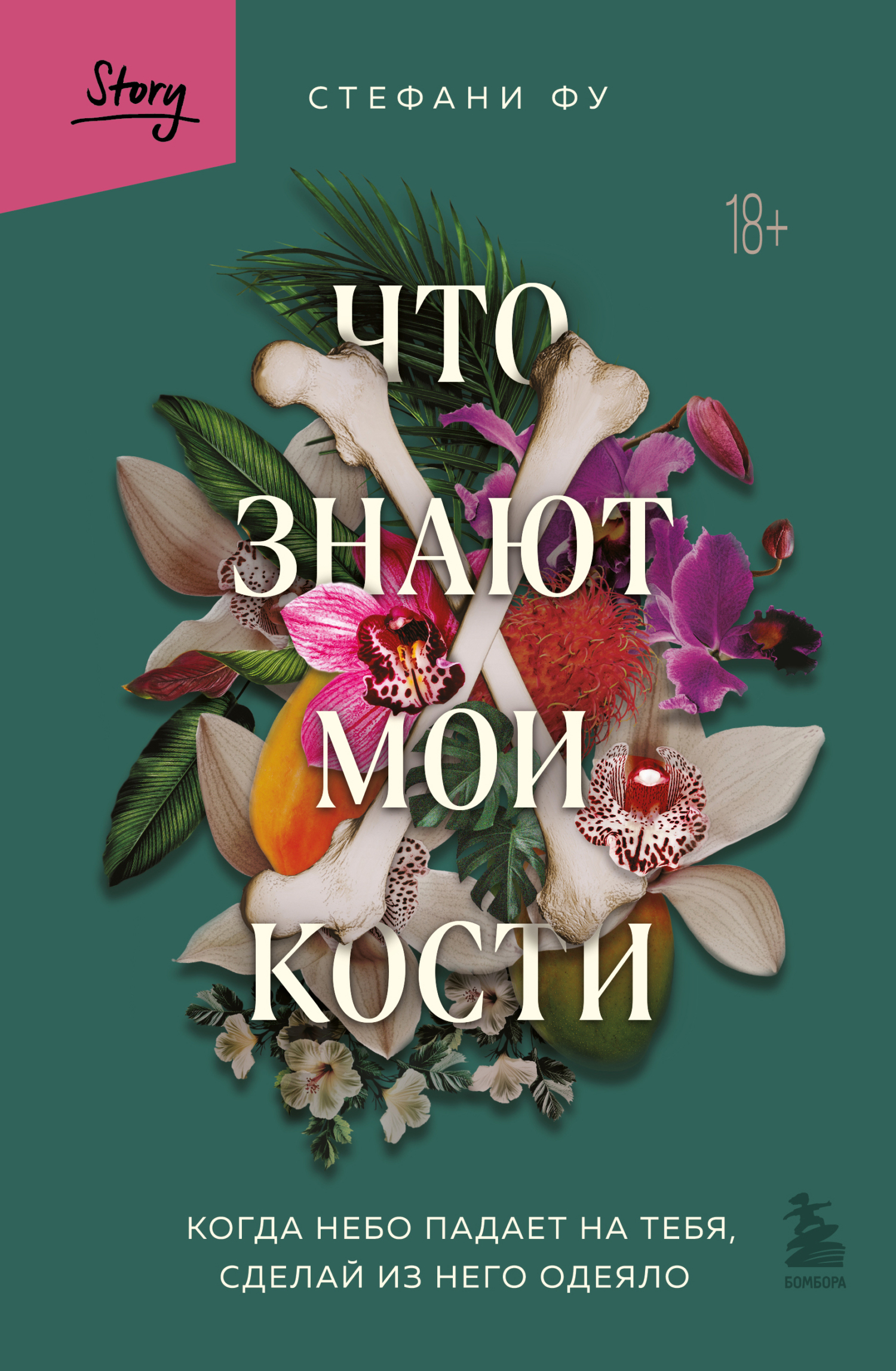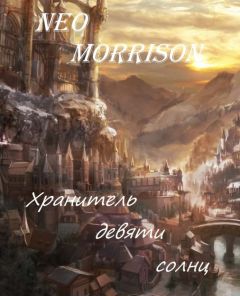Ablaze during the City’s Deadliest Race Riots,”
SFGATE, July 23, 2017, sfgate.com/bayarea/article/1877‑san-francisco-anti-chinese-race-riots‑11302710.php.
5. Richard Gonzales, “Rebuilding Chinatown after the 1906 Quake,” Morning Edition, NPR, April 12, 2006, npr.org/templates/story/story.php?storyId=5337215.
6. Lisa Hix, “Dreams of the Forbidden City: When Chinatown Night clubs Beckoned Hollywood,” Collectors Weekly, January 31, 2014, collectorsweekly.com/articles/when-chinatown-nightclubs-beckoned-hollywood/.
ГЛАВА 31
1. Brian G. Dias and Kerry J. Ressler, “Parental Olfactory Experience Influences Behavior and Neural Structure in Subsequent Generations,” Nature Neuroscience 17 (2014): 89–96, doi.org/10.1038/nn.3594.
2. Isabelle C. Weiss et al., “Inheritable Effect of Unpredictable Maternal Separation on Behavioral Responses in Mice,” Frontiers in Behavioral Neuroscience 5, no. 3 (February 2011), doi.org/10.3389/fnbeh.2011.00003.
3. Rachel Yehuda et al., “Holocaust Exposure Induced Intergenerational Effects on FKBP5 Methylation,” Biological Psychiatry 80, no. 5 (September 2016): 372–380, doi.org/10.1016/j.biopsych.2015.08.005.
4. Michael J. Meaney and Moshe Szyf, “Environmental Programming of Stress Responses through DNA Methylation: Life at the Interface between a Dynamic Environment and a Fixed Genome,” Dialogues in Clinical Neuroscience 7, no. 2 (June 2005): 103–123, doi.org/10.31887/DCNS.2005.7.2/mmeaney.
5. Lars Olov Bygren et al., “Change in Paternal Grandmothers’ Early Food Supply Influenced Cardiovascular Mortality of the Female Grandchildren,” BMC Genetics 15, no. 12 (February 2014), doi.org/10.1186/1471–2156–15–12.
6. Encyclopedia Britannica Online, s. v. “Malaysia,” accessed October 20, 2021, britannica.com/place/Malaysia/Settlement-patterns#ref1007463.
7. Syed Muhd Khairudin Aljunied, Radicals: Resistance and Protest in Colonial Malaya (DeKalb: Northern Illinois University Press, 2015).
ГЛАВА 33
1. Kristina Scharp, “How to Navigate the Holidays When You’re Estranged from Your Family,” interview by Robin Young, Here & Now, WBUR, November 19, 2018, wbur.org/hereandnow/2018/11/19/holidays-family-estrangement.
ГЛАВА 36
1. Judith Herman, Trauma and Recovery: The Aftermath of Violence – from Domestic Abuse to Political Terror (New York: Basic Books, 1997).
2. Tina M. Gruene et al., “Sexually Divergent Expression of Active and Passive Conditioned Fear Responses in Rats,” eLife (November 2015), doi.org/10.7554/eLife.11352.001.
3. Это касается цисгендерных мужчин и женщин; исследований трансгендеров, небинаров и других меньшинств пока что недостаточно.
4. Holly R. Harris et al., “Early Life Abuse and Risk of Endometriosis,” Human Reproduction 33, no. 9 (September 2018): 1657–1668, doi.org/10.1093/humrep/dey248.
5. Donna Baird and Lauren Wise, “Childhood Abuse and Fibroids,” Epidemiology 22, no. 1 (January 2011): 15–17, doi.org/10.1097/EDE.0b013e3181fe1fbe.
6. “How Childhood Stress Can Affect Female Fertility,” ScienceDaily, Taylor & Francis, September 10, 2015, sciencedaily.com/releases/2015/09/150910091448.htm.
7. Karmel W. Choi et al., “Maternal Childhood Trauma, Postpartum Depression, and Infant Outcomes: Avoidant Affective Processing as a Potential Mechanism,” Journal of Affective Disorders 211 (March 2017): 107–15, doi.org/10.1016/j.jad.2017.01.004.
8. “Trauma and Stress in Teen Years Increases Risk of Depression during Menopause, Penn Study Shows,” Penn Medicine News, March 29, 2017, pennmedicine.org/news/news-releases/2017/march/trauma-and-stress-in-teen-years-increases-risk-of-depression-during-menopause.
9. Оделл Д. Время тишины. Как управлять своим вниманием в мире полном хаоса – М.: Бомбора, 2023.
ГЛАВА 37
1. Jon Earle, “The Long Arm of Childhood Trauma,” in Road to Resilience, podcast, mountsinai.org/about/newsroom/podcasts/road-resilience/childhood-trauma.
ГЛАВА 39
1. “In Loving Arms: The Protective Role of Grandparents and Other Relatives in Raising Children Exposed to Trauma,” Generations United, 2017, gu.org/app/uploads/2018/05/Grandfamilies-Report-SOGF‑2017.pdf.
2. Gail Tittle, Philip Garnier, and John Poertner, “Child Maltreatment in Foster Care: A Study of Retrospective Reporting” (Urbana: Children and Family Research Center, University of Illinois, Urbana-Champaign, 2001), cfrc.illinois.edu/pubs/rp_20010501_ChildMaltreatmentInFosterCareAStudyOfRetrospectiveReporting.pdf.
3. Christian M. Connell et al., “Changes in Placement among Children in Foster Care: A Longitudinal Study of Child and Case Influences,” Social Service Review 80, no. 3 (September 2006): 398–418, doi.org/10.1086/505554.
ГЛАВА 40
1. Jacob Ham, “Healing Attachment Trauma through Attuned Love,” August 18, 2018, YouTube video, youtube.com/watch?v=gGoZAtb9I3M.
2. Negar Fani et al., “Association of Racial Discrimination with Neural Response to Threat in Black Women in the US Exposed to Trauma,” JAMA Psychiatry 78, no. 9 (July 2021): 1005–1012, doi.org/10.1001/jamapsychiatry.2021.1480.
ГЛАВА 41
1. Готтлиб Л. Вы хотите поговорить об этом? Психотерапевт. Ее клиенты. И правда, которую мы скрываем от других и самих себя – М.: Бомбора, 2020.
ГЛАВА 43
1. Eugenia Leigh, “Gold,” Pleiades: Literature in Context, Summer 2020.
Стефани Фу писатель и радиопродюсер. В недавнем времени работала над программой This American Life. Ее материалы использовали программы Snap Judgment, Reply All, 99 % Invisible и Radiolab, ее статьи публиковались в Vox и The New York Times. Стефани Фу – известный оратор и публицист. Преподавала в Колумбийском университете и выступала на различных мероприятиях и в разных организациях – от кинофестиваля Санданс до департамента психического здоровья штата Миссури. Стефани живет в Нью-Йорке.
stephaniefoo.me
Twitter: @imontheradio
Спасибо за выбор книг нашего издательства!
Будем рады вашему отзыву.







